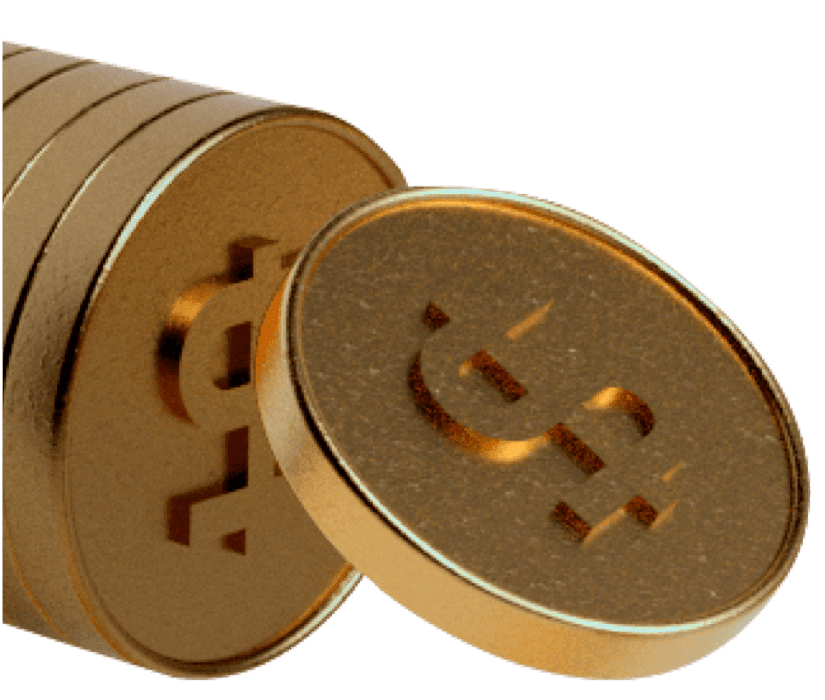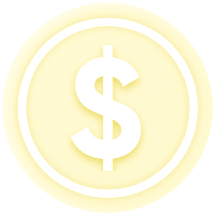What are US Treasury Bonds?
At its core, a bond is essentially a standardized IOU. They can be categorized into various types based on the borrower: government bonds, municipal bonds, corporate bonds, and asset-backed bonds, to name a few. As long as the issuer doesn't default, bondholders are entitled to receive periodic interest and retrieve the principal upon maturity.
US Treasury bonds are national debts issued by the US Department of the Treasury. Backed by the full faith and credit of the US government, they're considered extremely low-risk financial instruments.Common marketable US Treasury securities have maturities ranging from several months to 30 years and are therefore classified into three main categories based on their maturity periods: Treasury bills (T-bills), Treasury notes (T-notes), and Treasury bonds (T-bonds).
Why Invest in US Treasury Bonds?
Buy US treasury bonds with Tiger Trade
High security with comparatively high return.

Buy government bonds at low fee and low entry barrier, start with as low as USD 1,000

Real-time transactions, live Treasury bonds price and yields-to-maturity, supports T+0, seamless switch with US stocks.



Principal and interest credited T+1. Purchase directly with money market funds, no idle funds.

Pricing
Commission
-
0.08%of face value
Platform fee
-
0.04%of face value
Custody fee
-
0.08%^Annualized
Example
| Purchase face value | Holding period | Estimated total fees * |
|---|---|---|
| USD 10,000 | 90 days | USD 15 |
| USD 100,000 | 90 days | USD 115 |
| USD 1,000,000 | 90 days | USD 1,012 |
* Cost estimates are indicative; actual costs depend on bond price volatility and holding duration, and may not match estimates.
How to buy US treasury bonds in Hong Kong
FAQs
How safe are US Treasury Bonds? Is the principal and interest guaranteed?
What are the risks of investing in US Treasury Bonds?
Risks include:
- Interest Rate Risk: Fixed-rate bond prices may drop as market interest rates rise.
- Inflation Risk: Over the long term, high inflation can erode actual returns.
- Currency Risk: For non-US investors, fluctuations in the USD exchange rate can affect returns.
- Reinvestment Risk: You might reinvest at lower rates when bonds mature or pay interest.
However, US Treasury Bonds are still seen as relatively low-risk compared to other assets.
Who should consider investing in US Treasury Bonds?
Suitable investors include those:
- Seeking stability and wanting to avoid stock market volatility.
- With a conservative approach aiming for capital preservation.
- Desiring portfolio diversification.
- Approaching or in retirement valuing capital safety and steady returns.
- Using hedge strategies during economic downturns or uncertain times.
- Non-US investors hedging against their currency depreciation.
- Managing short-term large cash holdings.
In summary, anyone seeking stable returns while minimizing overall investment risk might consider US Treasury Bonds.
Why can’t I see US Treasury Bonds in my Tiger account?
How much is the bond interest, and how is it disbursed?
Most medium-to-long-term US Treasury Bonds pay interest semi-annually; short-term ones often discount at purchase instead of interest. For instance, a $10,000 bond at 2.5% pays $250 yearly or $125 semi-annually.
Disbursement rules of Tiger Brokers:
The interest is typically credited to your account within one business day of the interest payment date, and you'll receive a notification via the Tiger Trade app. At that time, the real-time value of your Tiger account will increase, and the day's statement will reflect the change in the amount of interest paid.
Generally, US Bond interest payments are transparent and standardized, contributing to their low-risk reputation. As with all investments, know the terms before purchasing.
How is the yield to maturity calculated?
This represents the total return if you hold the bond until maturity. It involves intricate internal rate of return calculations, requiring specialized financial calculators. Each bond contract already indicates this yield.
Please be awared that your actual returns can be influenced by factors like commissions, fees, holding period, and daily price changes, and might not align perfectly with the shown YTM.

